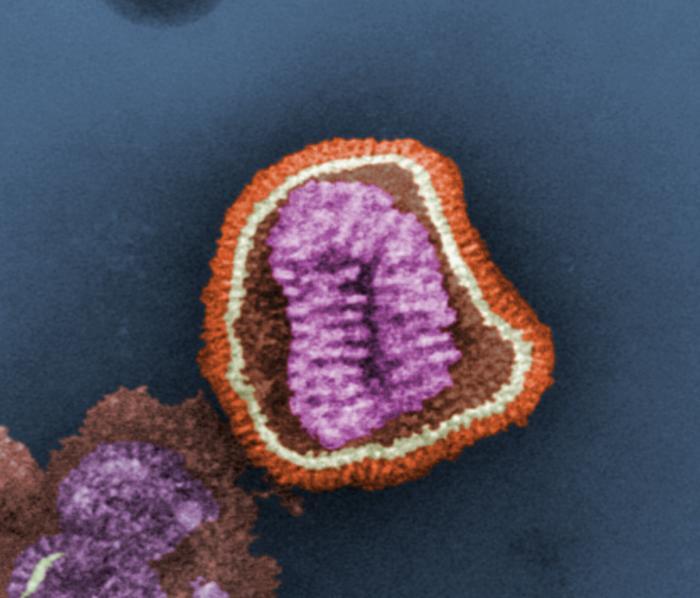The haemagglutinin gene of bovine-origin H5N1 influenza viruses currently retains receptor-binding and pH-fusion characteristics of avian host phenotype
Clade 2.3.4.4b H5N1 high pathogenicity avian influenza virus (HPAIV) has caused a panzootic affecting all continents except Australia, expanding its host range to several mammalian species. In March 2024, H5N1 HPAIV was first detected in dairy cattle and goats in the United States. Over 891 dairy farms across 16 states have tested positive until 25 December 2024, with zoonotic infections reported among dairy workers. This raises concerns about the virus undergoing evolutionary changes in cattle that could enhance its zoonotic potential. The Influenza glycoprotein haemagglutinin (HA) facilitates entry into host cells through receptor binding and pH-induced fusion with cellular membranes. Adaptive changes in HA modulate virus-host cell interactions. This study compared the HA genes of cattle and goat H5N1 viruses with the dominant avian-origin clade 2.3.4.4b H5N1 in the United Kingdom, focusing on receptor binding, pH fusion, and thermostability. All the tested H5N1 viruses showed binding exclusively to avian-like receptors, with a pH fusion of 5.9, outside the pH range associated with efficient human airborne transmissibility (pH 5.0–5.5). We further investigated the impact of emerging HA substitutions seen in the ongoing cattle outbreaks, but saw little phenotypic difference, with continued exclusive binding to avian-like receptor analogues and pHs of fusion above 5.8. This suggests that the HA genes from the cattle and goat outbreaks do not pose an enhanced threat compared to circulating avian viruses. However, given the rapid evolution of H5 viruses, continuous monitoring and updated risk assessments remain essential to understanding virus zoonotic and pandemic risks.
